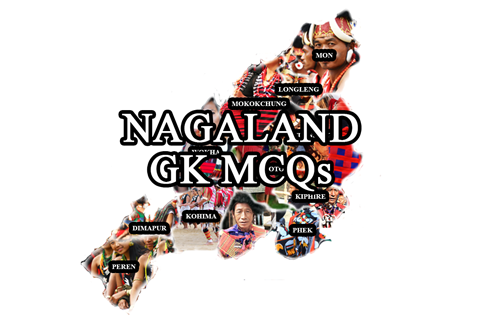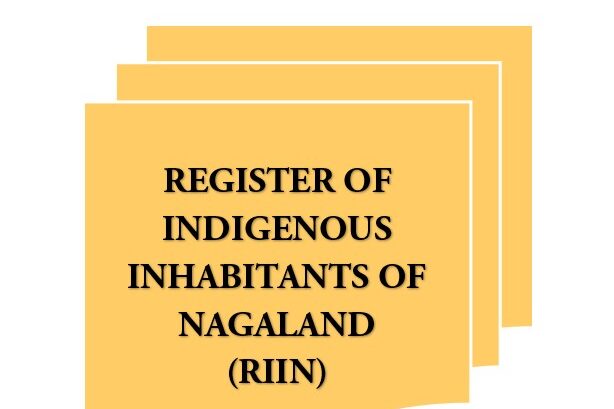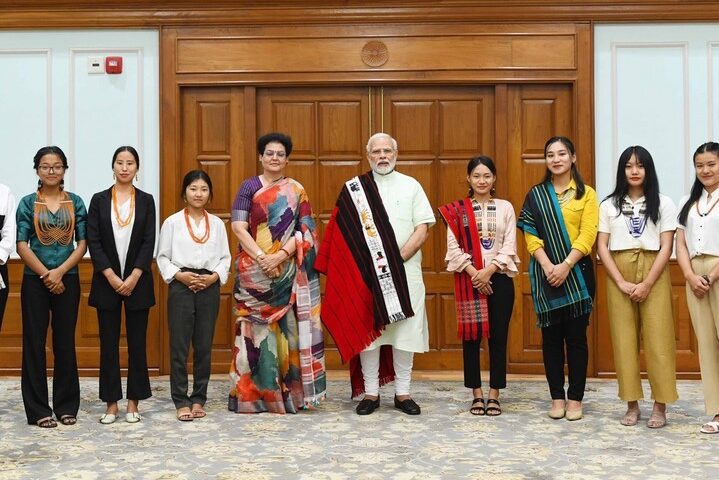THE NAGAS AND THE AHOMS
1228: Nagas first encounter with the Ahoms.
The Nagas and the Ahoms relations are also mentioned in the Buranjis (Ahom language: meaning ancient writings) – historical chronicles and manuscripts associated with the Ahom kingdom.
The Ahom kingdom (1228–1826) was a late medieval kingdom in the Brahmaputra Valley in Assam established by Chaolung Sukhapa in 1228. The kingdom he established existed for nearly six hundred years and in the process unified the various indigenous ethnic groups of the region that left a deep impact on the region. (*In some sources, the name is found as: Sukaphaa.)
Chaolung Sukhapa (1228–1268), the first Ahom king in medieval Assam, was the founder of the Ahom kingdom. He was a Tai prince originally from Mong Mao. The Tai people came from what is today the border between Myanmar and China’s Yunnan province. The Tai (or Shan) people are called Ahom in India.
One of the significant highlight of the Ahom Kingdom was for maintaining its sovereignty for nearly 600 years and successfully resisting Mughal expansion in Northeast India. The Ahom dynasty ended with the Burmese invasion of Assam and the subsequent annexation by the British East India Company following the Treaty of Yandabo in 1826.
It is believed that the Ahoms led by their Chief Sukhapa entered Assam in the 13th Century (1228) via the Naga Hills after crossing the Patkai mountains. The Nagas put up a strong resistance as they were not used to strangers trespassing upon their hills. Fierce battles took place but the Nagas were defeated.
“About the year 1215, Sukhapa left Maulung, his home-country, with 9,000 infantry, 300 cavalry and two elephants. For 13 years, he wandered about the hilly country of the Patkai, making occasional raids on the Naga villages, and in 1228, he arrived air Khamjang, the north-eastern border of Upper Assam. [1] From the course of his expedition, it appears that Sukhapa followed the land route from China to India through Yunnan, Upper Burma and Assam.[2] As soon as Sukhapa crossed the Khamjang river and reached to the Nongnyang lake, some Nagas attempted to resist his advance, but he defeated all of them. This great victory of Sukhapa against the powerful Nagas of the region created such widespread terror that the other Nagas of the neighbourhood hastened to make their submission.” [Source: eprints.soas.ac.uk, 1) A.H.B. P-44, 2) Hall D.G;E. A History of South-East Asia, London, 1955, p-21.]
The Ahom Burranji records Sukhapa ’s savagery during the resistance by the Nagas. A great number of Nagas was killed and many were made captives. The Nagas also continued their resistance to the Ahoms.
The history of Ahom-Naga relations reveals clashes at times. For instance, Ao Nagas have a song about a warrior called Kumnatoba who led an army of Naga warriors right into Rongpur, the Ahom capital, and killed many enemies young and old, carrying back countless heads as trophies of war along with cattle, utensils and clothing.
Another such hostility between the Ahoms and the Nagas was during the reign of Susenpha (1439 – 1488). Among the two sons of Suphakpha, Susenpha born of a Tipam princess ascended the throne in 1439, at the death of his father. In this reign, the Nagas of Tangshu village revolted, Susenpha marched with an army against the Nagas and a battle was fought in the hill at Banruk, The king himself led his troops in person, and routed the Nagas, but one hundred and forty Ahom soldiers were killed in this battle. The Banrukia Gohain and Parvatia Hazarika, two leaders of the Ahom army were also killed. Eventually, Susenpha succeeded in defeating all the Nagas of the Tangshu village, and as a result of this the Akhanpha Nagas came to the Ahom court with a present of swords as a token of their submission. [The history of medieval Assam (1228 – 1603) – Nagendra Nath Acharya]
There were altogether forty Ahom Kings who ruled for six hundred years from 1228 to 1838 when the British deposed the last King and annexed Assam. The Burranjis record confrontation between Ahoms and Nagas in the reign of sixteen Ahom kings (out of those forty kings), with the conflicts intensifying after the thirteenth king ascended the throne in 1493 and expanded his kingdom into Naga territory. The conflict was often over control of salt wells located in Naga lands.
The Ahoms realized that a friendly relationship with the Nagas was a precondition for a strong kingdom. The Ahoms also had racial and ethnic affinities with the Nagas. The Ahom kings adopted the method of maintaining peace with the Nagas. Naga Chiefs were invited to their capital and gave them presents as tokens of friendship.
Trade between Ahoms and Nagas:
Soon, trade developed between the Nagas and the Ahoms. The Nagas went down to the plains with their products, ivory etc., and bartered them for salt, beads, pieces of iron to make weapons, yarn and other products. The regular interactions with the Ahoms made the Naga traders learn broken Assamese to communicate for trade, which came to be known as Naga-Assamese, later known as “Nagamese“.
There were free markets called “Naga Khats”, also called KATAKI, earmarked for the Nagas at different places where both diplomacy and business were carried out between the Ahoms and the Nagas. The functions of the Katakis were to maintain a channel of communication between the Ahorn kings and the Naga Chiefs and to preserve peace at the Ahom-Naga boundary.
Realizing that the Nagas were good fighters and caused a lot of trouble to the Ahom kings at the border, the Ahom kings further strengthened the relationship between the Ahoms and the Nagas through some means of matrimonial alliance.
Inter-marriage between Ahoms and Nagas:
In the 15th century, a Naga Chief, Khumbao, visited the Ahom kingdom. The king presented one of his young queen to the Naga Chief who took her to the Naga Hills. Later, a son was born to them, and Khumbao sent his son and his Ahom wife back to the Ahom palace,
The Naga prince grew into a handsome and intelligent young man. He was called Kan Seng. The Ahom king wanted to accommodate him in the royal family. To do this, he created a new post – a third minister in the palace known as Bapetra Gohain. Kan Seng became the first Bapetra Gohain. Kan Seng fought many wars and became one of the finest Generals during the Ahom rule.
Another Ahom ruler called Prince Gadapani came to the Naga Hills to seek refuge. While living in the Naga Hills he married the daughter of a Naga Chief called Watlong from Wanching and another Naga girl named Changtongyala. When he returned to Assam he took both his Naga queens to his palace.
Hospitality between Ahoms and Nagas:
On special occasions such as marriages, the Ahom kings invited the Nagas to their palaces. Articles were often presented to the Nagas.
The Nagas were good fighters, and the Ahoms sometimes enlisted Nagas in their army to fight in wars. It was recorded that when the Mughals invaded the Ahoms, the Nagas joined the Ahoms to fight against the western invaders.
The Ahoms also constructed a road called Naga Ali (Naga Road). The purpose of the road was to have an easy access to trade as well as to provide a route of escape into the Naga Hills in times of raids from their enemies in the west.
When the Burmese ruled Assam from 1816-1824, many Ahoms ran away from the clutches of the Burmese army and took shelter in the Naga Hills. The Nagas provided protection and gave them hospitality until the Burmese were defeated by the British in the Anglo-Burmese war in 1825. By The Treaty of Yandabo (1826) the Burmese withdrew from Assam. The Ahom kingdom came under the rule of the British. The Nagas continued to have trade with the Ahoms even under British rule.
Further Reading:
- Ahom Dynasty
- The Ancient Ahom-Naga Relations – L L Yaden (NE Affairs Annual – 1973)
- The history of medieval Assam (1228 – 1603) – Nagendra Nath Acharya
- Origin of the Nagas – A Study – Dr.R.Xavier
PREVIOUS:
- History #1 – The Naga People
- History #2 – Origin of the Word ‘Naga’
- History #3 – Migration of The Nagas
NEXT:


